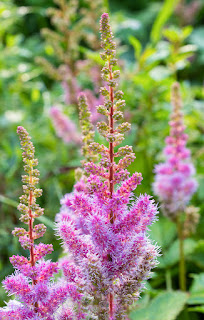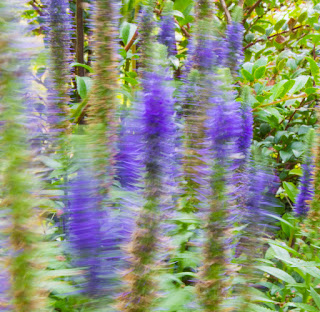The predominant color on our property
right now is the dull, brittle yellow of the lawn. We've had lots of
heat and next to no rain (except for those glorious couple of days
last week). Luckily, up here, a green lawn
this time of year is NOT something to be proud of.
Below is a closeup right after David mowed the weeds, um, "lawn" in the back. I think there's a crushed Douglas Fir cone in there too. You can see a few blades of green proving that
there indeed was grass here at one time.
Yes, in the rainy Northwest, "real"
gardeners know to just let their lawn (if they even HAVE a lawn) go
dormant in the summer and leave the spring and autumn rains to green
them up for a couple of seasons. Watering is for food and flowers.
But the more enjoyable yellow of summer
is from Black-Eyed Susans, whole swaths of them planted in public
spaces as well as private gardens. Even while we're wilting, they look
insanely cheerful.
 |
Sometimes I resent all those waving,
yipping heads of Rudbeckia. It's HOT! Why are you so HAPPY! This
is NOT what I moved north for! Where are my clouds? My muted light?
My beloved gloom? Where's my damp? Ok. Ok. Deep breath, Emily, get a grip.
The colors are beautiful and rich and definitely NOT dead and crunchy!
And when you get really close to just
one of those blooms, the glare turns to glow and then to a radiance I can't even begin to capture with my camera. But, trust me, it made me smile.
Although August has never been my favorite month--either here or in SoCal--there are tomatoes and blackberries to pick, chilled Rose to drink, and some yellow worth admiring.











































